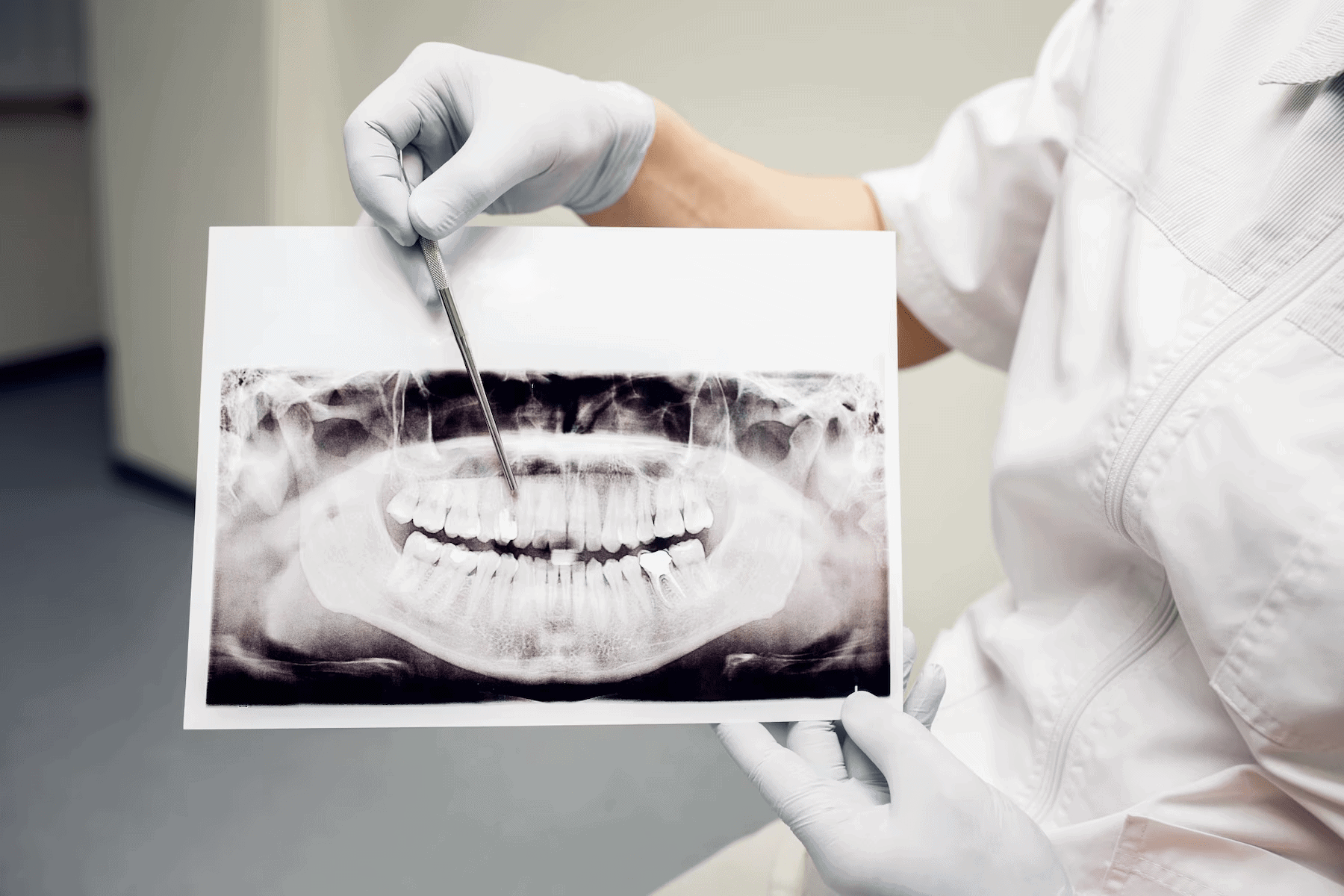
Dental Bonding
Aesthetic Dental with Composite Crowns & Veneers
Teeth shaping. Diastema Closing. Repair of Chipped Teeth. Dental bonding refers to the use of tooth-colored composite resin to repair any decay, chips, fractured tooth in improving its teeth dental aesthetics and resolving irregularities in teeth for use. The composite bonding procedure is relatively quick and can be completed within one visit to your dentist.
Benefits of Teeth Bonding
- An inexpensive cosmetic dental procedure
- Composite bonding can be shaped, polished and its color shade used to to match surrounding teeth
- Quick and easy fix to improve the appearance of a discolored, chipped tooth and close spacing between teeth or shape teeth to a desired length and color.
Sometimes bonding may also be done to protect a portion of the exposed tooth root from gum recession. The limitations is that composites is not as strong as porcelain-based crowns and veneers. Composite bonding will need to be properly taken care off and can chip with heavy or constant biting pressure or clenching. It can also change color over time and may need to be replaced.
Dental Bonding Options
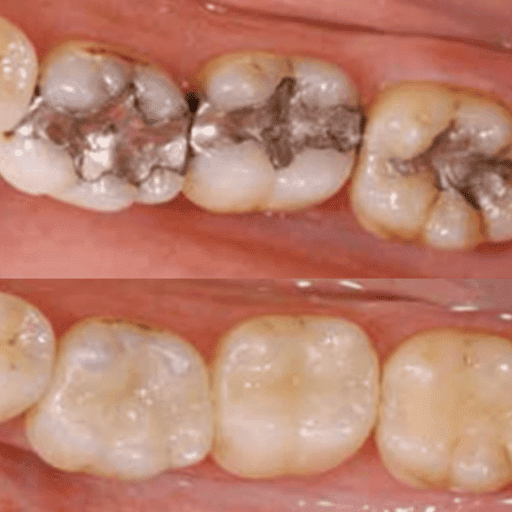
Tooth-colored fillings
Caries treatment with composite resin fillings
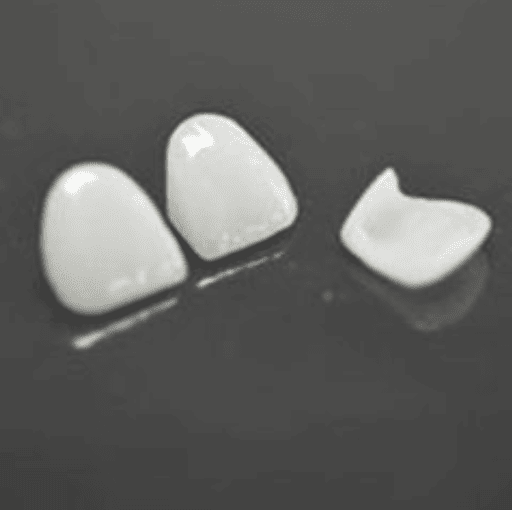
Composite Veneers
change and cover small irregularities in teeth

Composite Crowns
Temporary crown before porcelain crowns
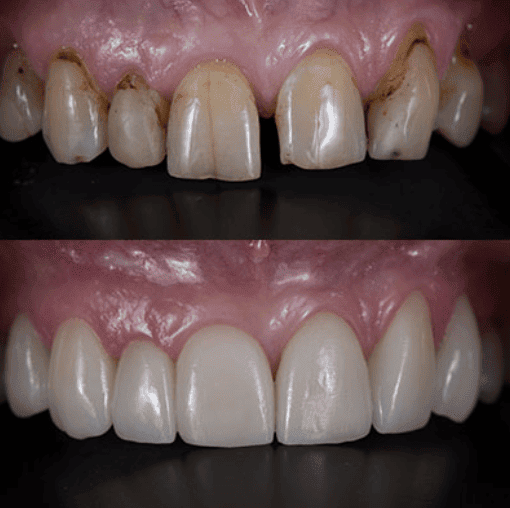
Diastema Closing
Fills spacing between front teeth
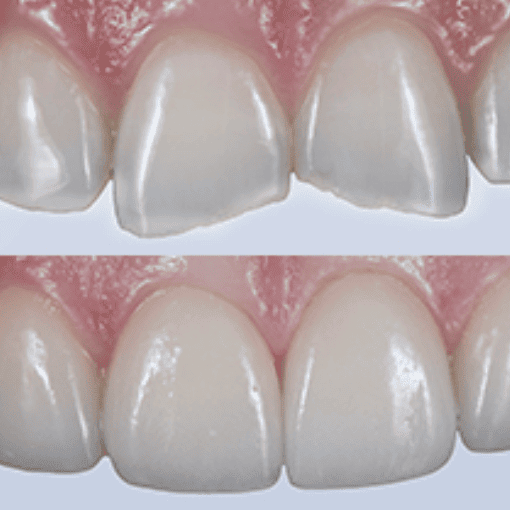
Repairs Chipped Tooth
Fixes and fills small chips in teeth

Teeth Reshaping
Dental contouring and even out misshaped teeth
Kitcha Dental Clinic Cosmetic Dental Clinic
Kitcha Dental Clinic cosmetic dental clinic uses digital dentistry and has a dental laborotory within its building for its wax up and veneers treatment. This makes your veneers visit more effective. You can customize and change specifications of your veneers quickly and at chairside.

On-site Dental Lab
Lab Technican & Digital Dentistry
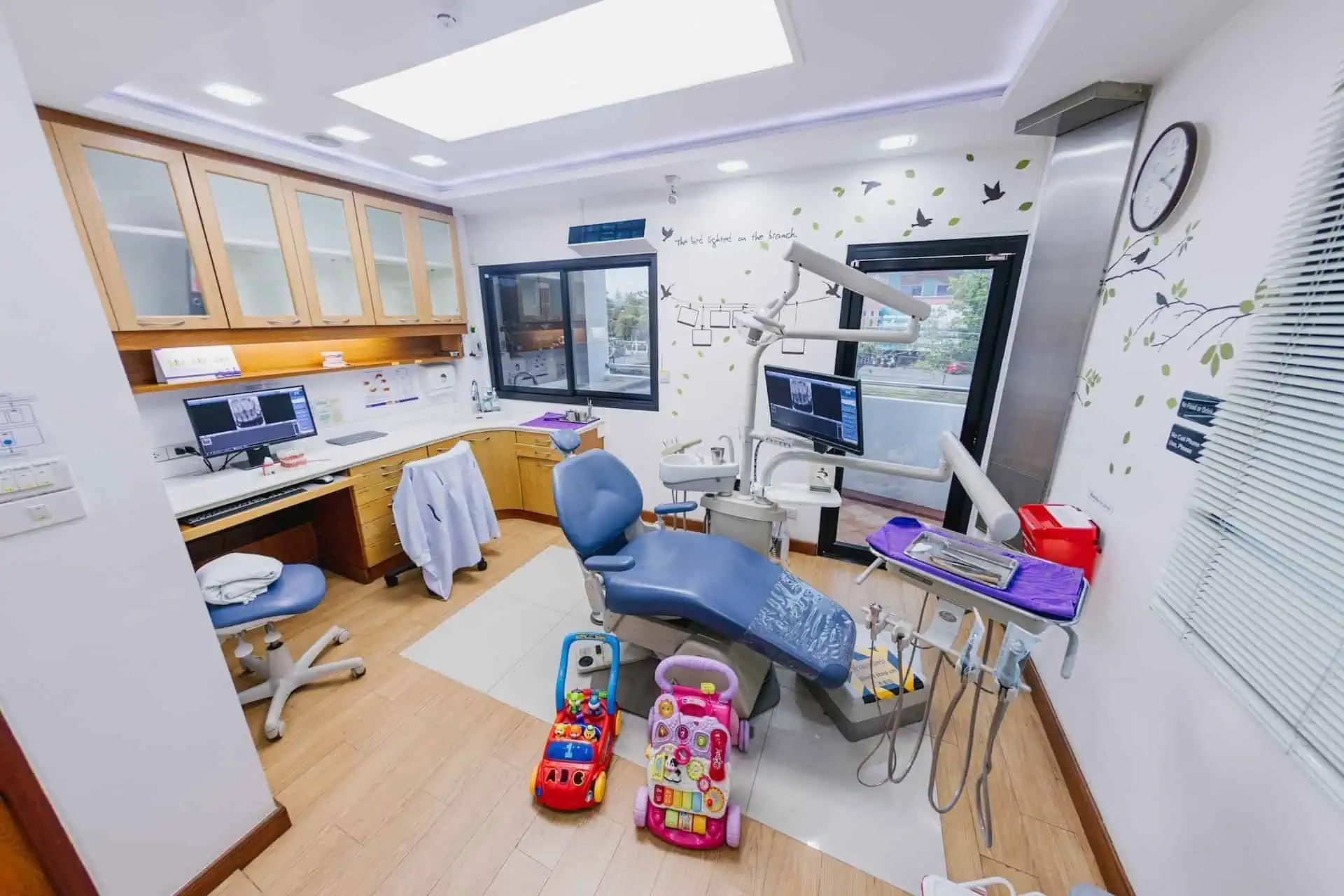
Digital Smile Design
Top leading DSD Master Expert
Teeth Bonding Procedure
1. Treatment Plan & Diagnoses
During your consultation, your dentist discusses your teeth bonding options. A shade guide is used to select the color shades of composite resin with you that matches most closely to your natural teeth.
2. Tooth Preparation for Teeth Bonding
After choosing the composite color shades, your dentists slightly etch and lightly coats your teeth surface or tooth area for cosmetic bonding with a conditioning liquid. This helps adhere the composites material to your teeth.
3. Curing of Cosmetic Bonding
When the tooth is prepared, your dentist applies the composite resin and shapes the material into place. An ultraviolet light is then used to cure and harden the composite. After the cosmetic bonding hardens, your dentist refines its shape and polish the material into tooth surface.

Tooth Preparation
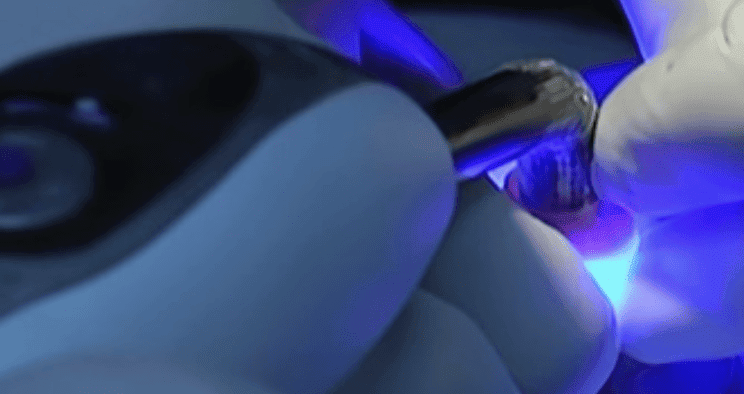
Curing to harden dental bonding to teeth
Post Care Instuctions For Composite Bonding
Unlike porcelain restorations, dental bonding can stain and chip easily. Below are some ways to care and preserve composite bonding on your teeth.
- Maintain good oral hygiene : brush and floss your teeth. Dental bonding lasts longer when it is clean.
- Avoid sweet and starchy foods that can cause plaque buildup. Eat >a healthy diet
- Avoid biting directly on hard, chewy, or tough foods. This constant direct force can weaken and chip the dental bonding over time. Instead, cut up your foods.
- Visit your dentist bi-annual. Professional maintenance keeps bonding shiny and new. Special polishing pastes by your dentist can restore the shine of your composite bonding.
- Some teeth-cleaning products like harsh toothpastes, hard-bristled toothbrushes, ultrasonic scaling devices, and air-polishing tools can damage or dull your teeth bonding. Use toothpaste intended for composite and soft-bristled brushes.
- Heavy drinking can reduce the resilience of your teeth bonding. Coffee, tea, and smoking can also stain bonded teeth. Use a straw to keep the color-staning drinks from composite bonded teeth where possible.
- If you feel any rough spots on your teeth, make a visit to your dentist so that the bonded area can be smoothen out before they become a problem.
Dental Bonding Faqs
When is bonding done? What are my options
1. Minimally Teeth Bonding
If teeth has small flaws such as small decays or chipped teeth, composite resin dental fillings may be done to cover and restore the irregularities. Cosmetic bonding is sometimes done close gaps in between teeth
2. Moderate to Significant Dental Bonding
Composite veneers provides for a new teeth surfaces and can cover imperfection in teeth used as a short term smile makeover option. For longer-lasting cosmetic dentistr, porcelain dental veneers are normally the recommended treatment option.
3. Significant or Large Composite Bonding
For cases where veneer may not adequately cover, composite crowns can be done to temporarily treat large imperfections. Composite crowns are normally done to cover preped teeth whilst waiting for a permanent porcelain dental crown.
How much does dental bonding costs?
Dental bonding costs range based what type of teeth bonding has been done. In Thailand at Kitcha Dental Clinic, below are some cost estimates:
Composite fillings costs
Direct composite veneers prices
Temporary composite crown costs
In general, fillings costs less than veneers and crowns as less composite material is used and it is less complex to do.
Is tooth bonding bad for your teeth?
Dental bonding aims to resolve small irregularities and does not carry any major risks. However, teeth will normally need to be preped for teeth bonding and composite resin is not as strong as your natural teeth or porcelain based restorations such as ceramic crowns and porcelain veneers. Composite bonding can chip or break.
What is teeth reshaping?
Teeth reshaping is when your dentist contours your teeth and removes a small amount of tooth enamel to trim misshap areas of teeth. Any excessive teeth is shortend or shaped to even teeth out to get a proper bite and alignment.
Dentists often combine dental bonding with teeth shaping to improve the overall aesthetics of the teeth. It is typically done for front teeth.
When is a temporary crown used? How long can I keep it?
A temporary crown is normally made of composite resins and bonded onto natural teeth using above tooth bonding process. It is used when: waiting for your permanent porcelain crown to be made, a temporary crown is first vitted until the porcelain crown is delivered over an implant or a tooth with a root canal to protect natural tooth, implant site or gums limit any tooth or gum sensitivity used during full mouth restoration cases as provisional crowns for your prosthodontist to assess how the crown will function or its height before a permanent crown set is made Temporary crowns are normally worn for around 2 to 3 weeks, but can lasts for several months with proper care and if not bitten on directly.

